Are There Any Disadvantages to Stacking Button Batteries?
Stacking button batteries, a common practice to achieve higher voltage, introduces several significant challenges that must be carefully managed. The primary concern is the risk of an improper electrical connection. If the physical contact between the stacked cells is inconsistent or becomes loose due to vibration, it can increased electrical resistance, localized heating, and potential arcing. This poses a clear safety hazard and can damage the cells or the device.
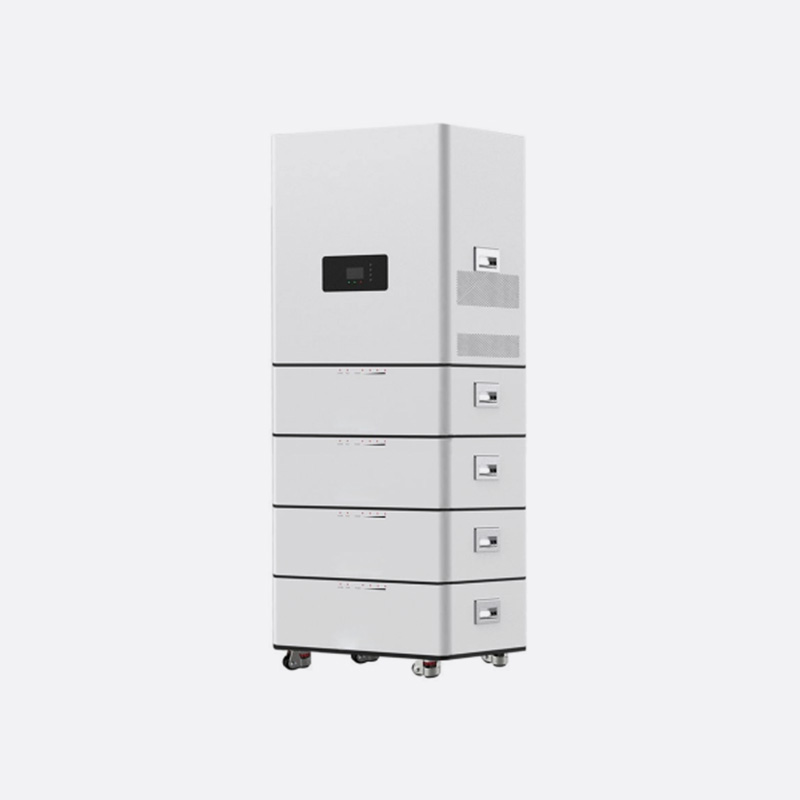
Managing the discharge characteristics becomes complex. Even batteries from the same production batch can have slight variations in internal resistance and capacity. When stacked in series, these imbalances are exacerbated. A weaker cell will deplete faster than the others. During discharge, this can cause the weaker cell to be driven into reverse polarity by the stronger cells, rapid degradation, leakage of electrolyte, and in severe cases, rupture. Effective stacking requires additional components, such as a rigid holder with proper contacts and potentially a balancing circuit, which adds to the overall cost, size, and complexity of the assembly. Therefore, while stacking is functionally simple, it demands careful mechanical and electrical design to mitigate its inherent drawbacks.
How Do Stacking Coin Cell Batteries Affect Energy Storage?
Stacking coin cell batteries directly influences the fundamental output characteristics of the energy storage unit, rather than altering the inherent energy contained within each individual cell. Connecting these cells in series, which is the common stacking method, has a multiplicative effect on voltage. The total voltage output becomes the sum of each cell's voltage (e.g., three 3V cells stacked in series output 9V), while the overall capacity in ampere-hours (Ah) remains equal to that of a single cell. This configuration is ideal for devices requiring a higher operating voltage without a need for increased capacity.
Connecting cells in parallel, a less common approach for coin cells due to balancing issues, would have the opposite effect: the voltage output remains the same as a single cell, but the overall capacity is multiplied. However, the total energy stored (measured in watt-hours) increases in both configurations compared to a single cell. It is crucial to understand that stacking does not improve the energy density—the energy stored per unit volume. The stack will occupy more space and have greater mass proportional to the number of cells used. The practical effect on energy storage is a trade-off, providing a more usable higher voltage or longer runtime at the expense of a larger and heavier battery package.
How Do Prismatic Batteries Perform in High-Power Applications?
Prismatic batteries, characterized by their rigid, rectangular aluminum or steel casing, are exceptionally well-suited for high-power applications due to their structural and thermal properties. The key to their performance lies in their efficient design. Their flat, rectangular geometry allows for a large surface area-to-volume ratio. This facilitates effective thermal management, as heat generated during high-current discharge can be efficiently dissipated through the large, flat surfaces to an external cooling system, such as cold plates. Preventing overheating is critical for maintaining performance and safety under high load.
The robust casing provides mechanical stability, preventing swelling and deformation that can occur under the stress of rapid charge and discharge cycles. This structural integrity ensures consistent internal components and electrical connections, which is vital for delivering stable power output. Internally, prismatic cells often utilize advanced electrode designs and low-resistance internal tabs that minimize impedance, allowing for the high current flows required in applications like power tools, electric vehicles, and grid-frequency regulation. While they may have a slightly lower energy density compared to some pouch cells, the combination of thermal performance, mechanical robustness, and reliable high-current capability makes the prismatic cell a preferred and dependable choice for demanding high-power scenarios.
 boo@zjmgmm.com / 958587858@qq.com
boo@zjmgmm.com / 958587858@qq.com English
English русский
русский Español
Español عربى
عربى
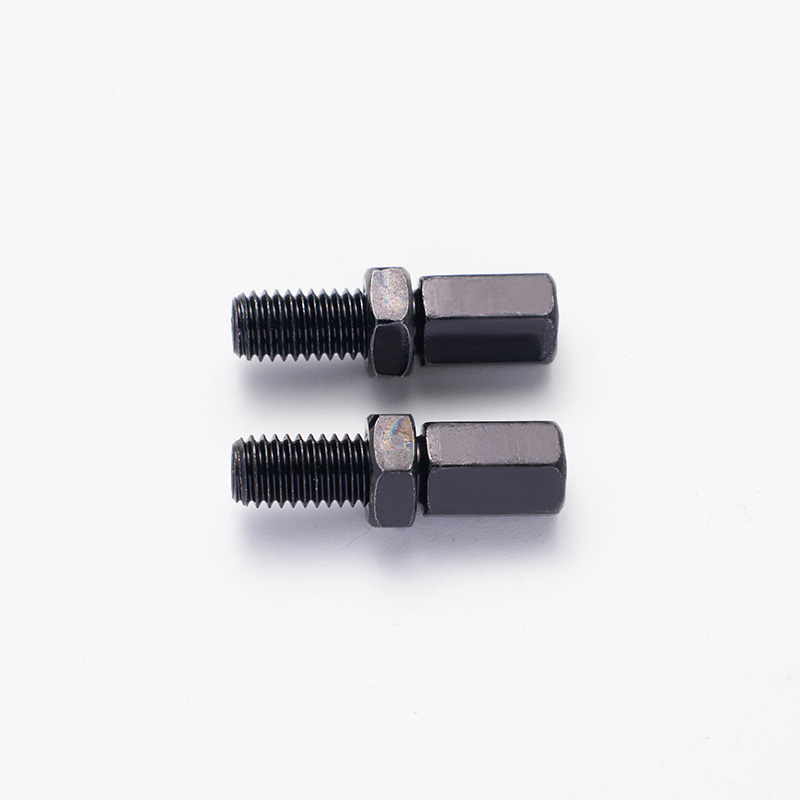
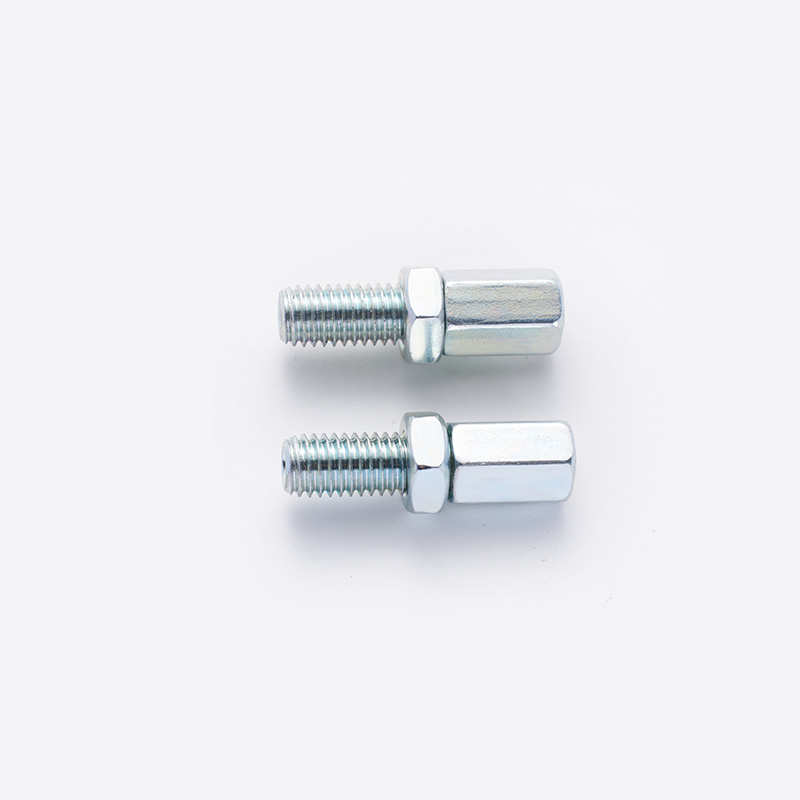

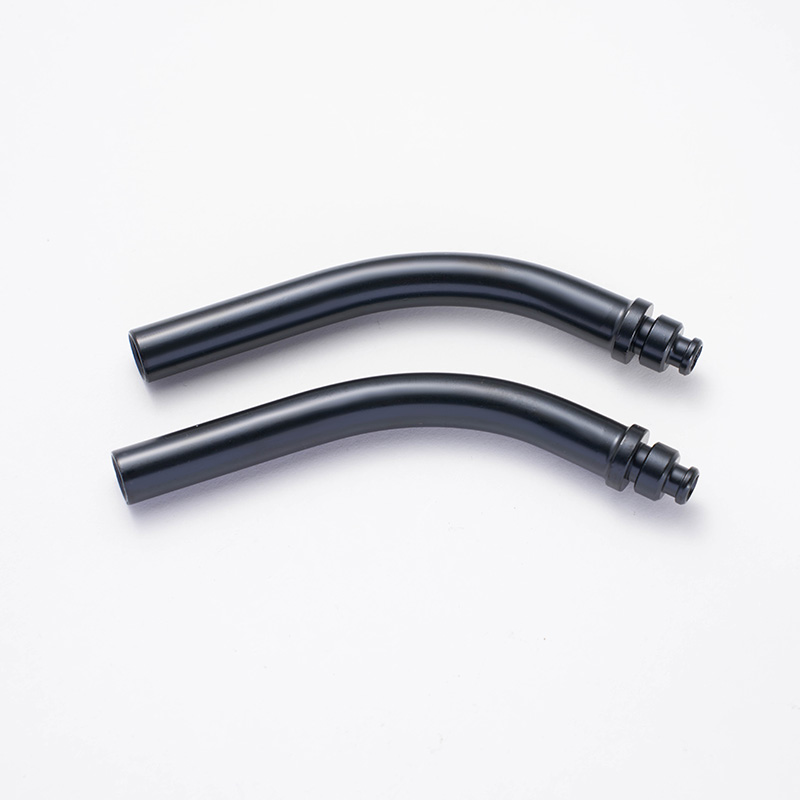

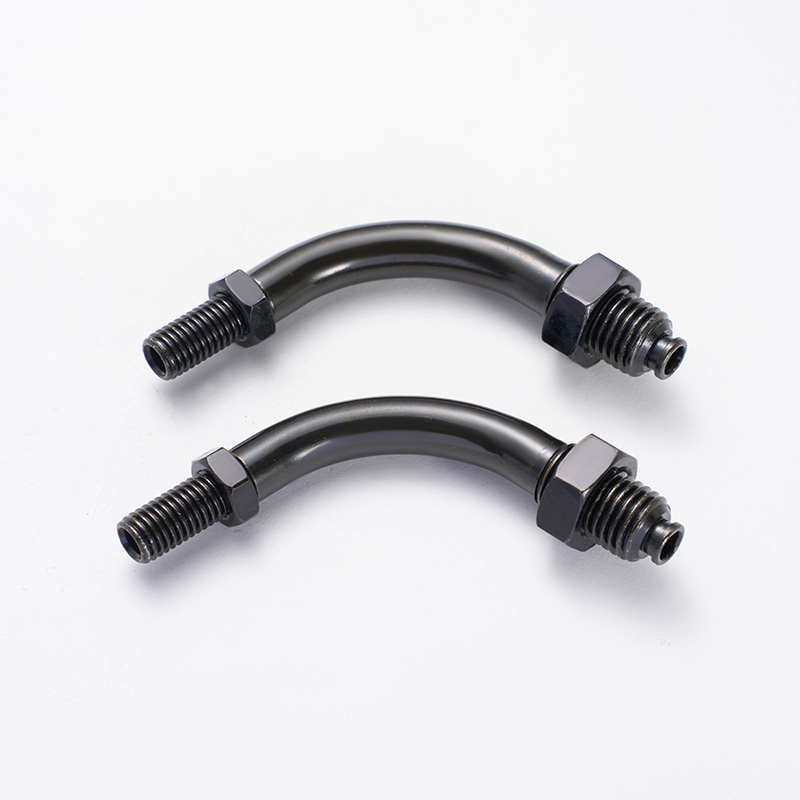

 English
English  Building 33, Demonstration Park, No. 318 Chenguang Road, Eastern New District, Wenling City, Taizhou City, Zhejiang Province, China
Building 33, Demonstration Park, No. 318 Chenguang Road, Eastern New District, Wenling City, Taizhou City, Zhejiang Province, China  0086-576-86337978
0086-576-86337978  0086-576-86333878
0086-576-86333878
 boo@zjmgmm.com
boo@zjmgmm.com 